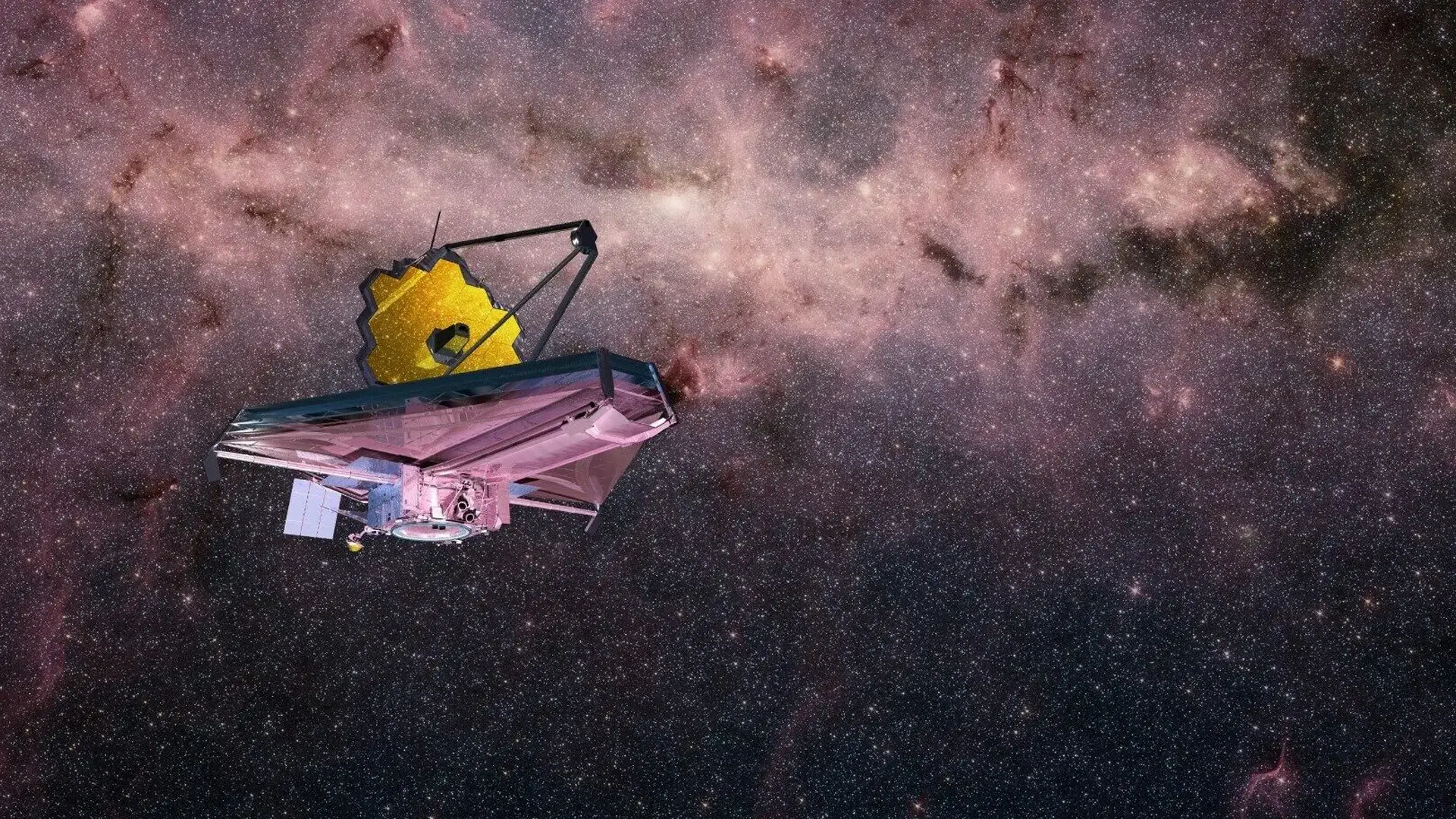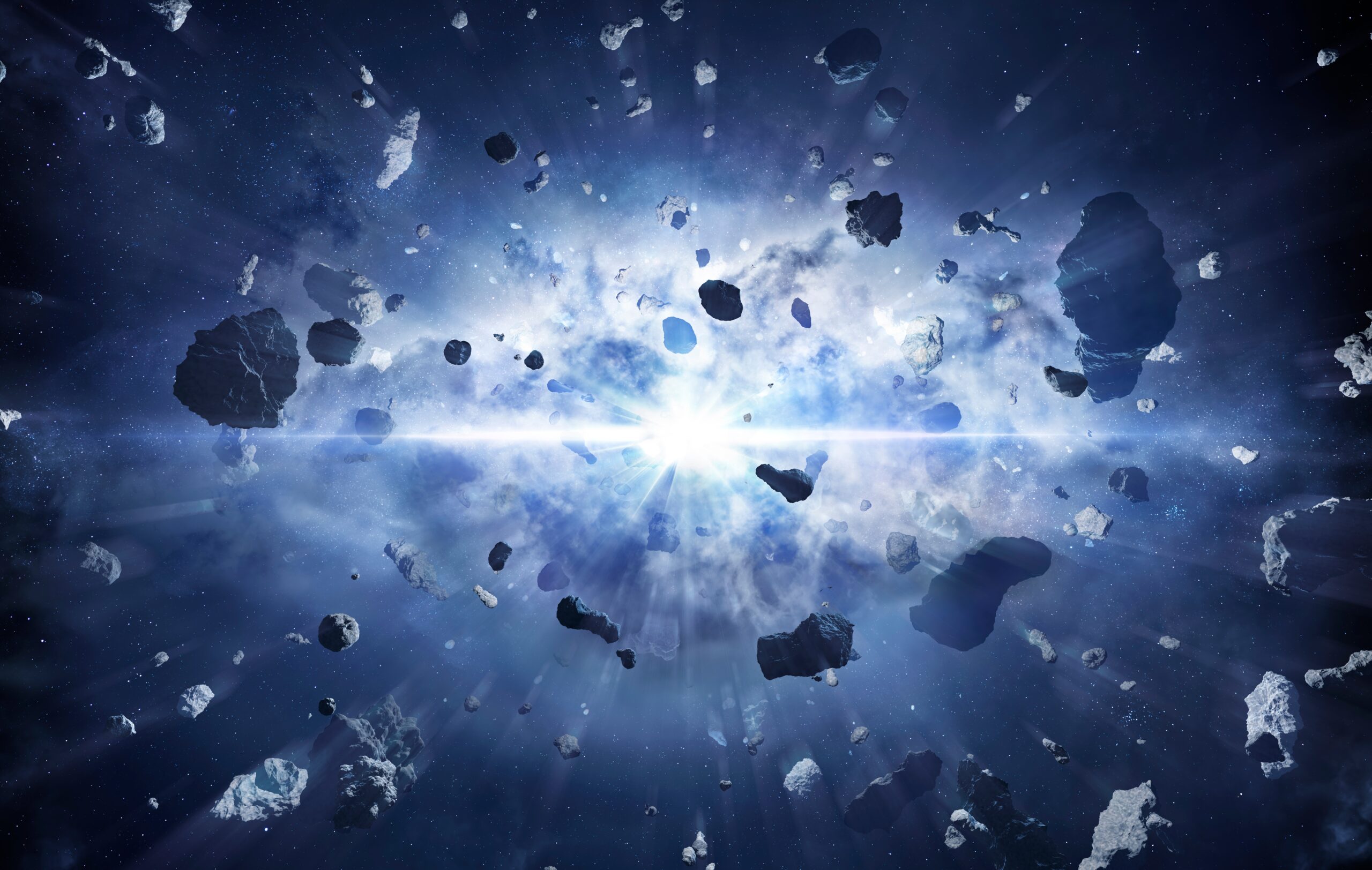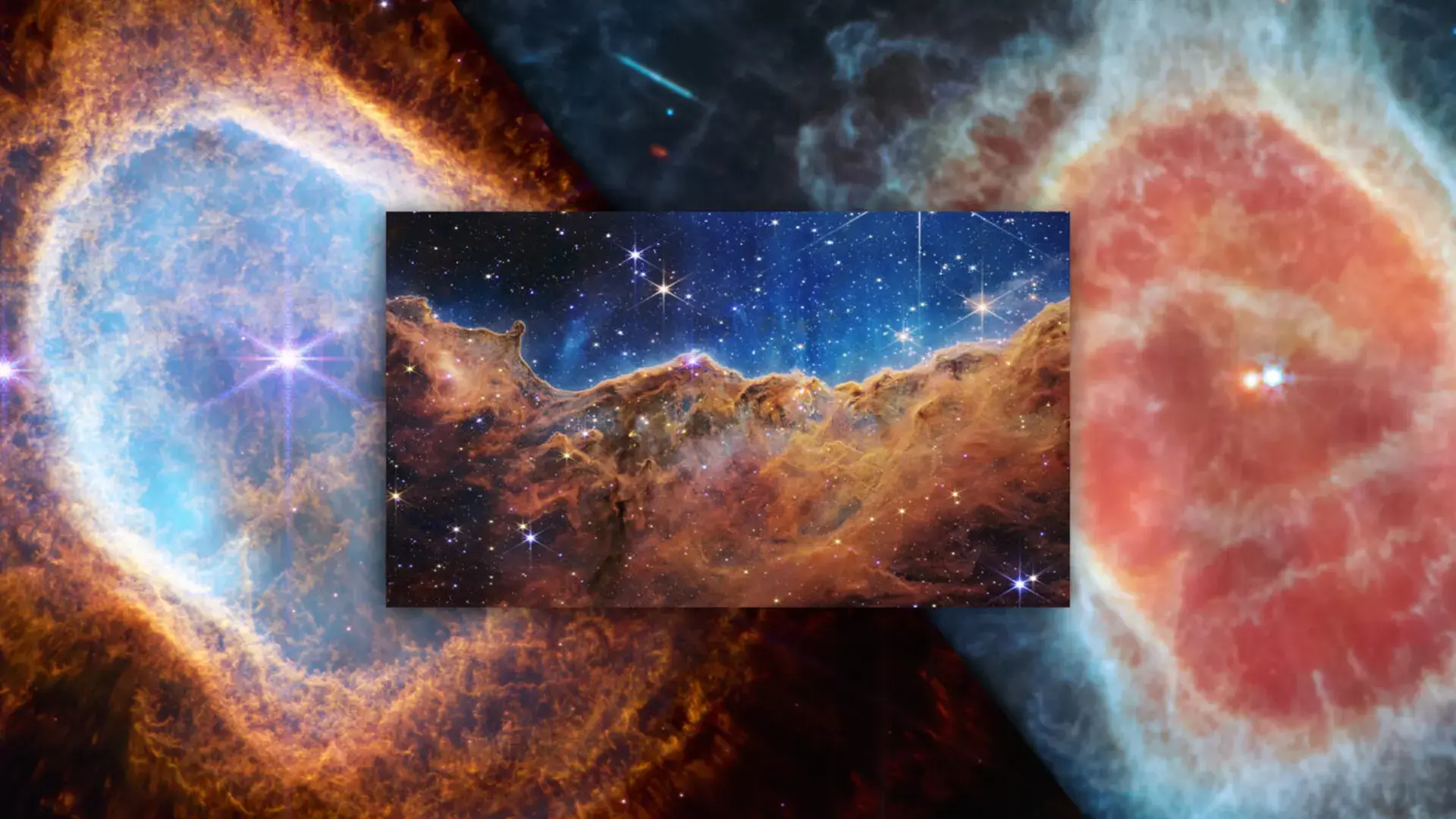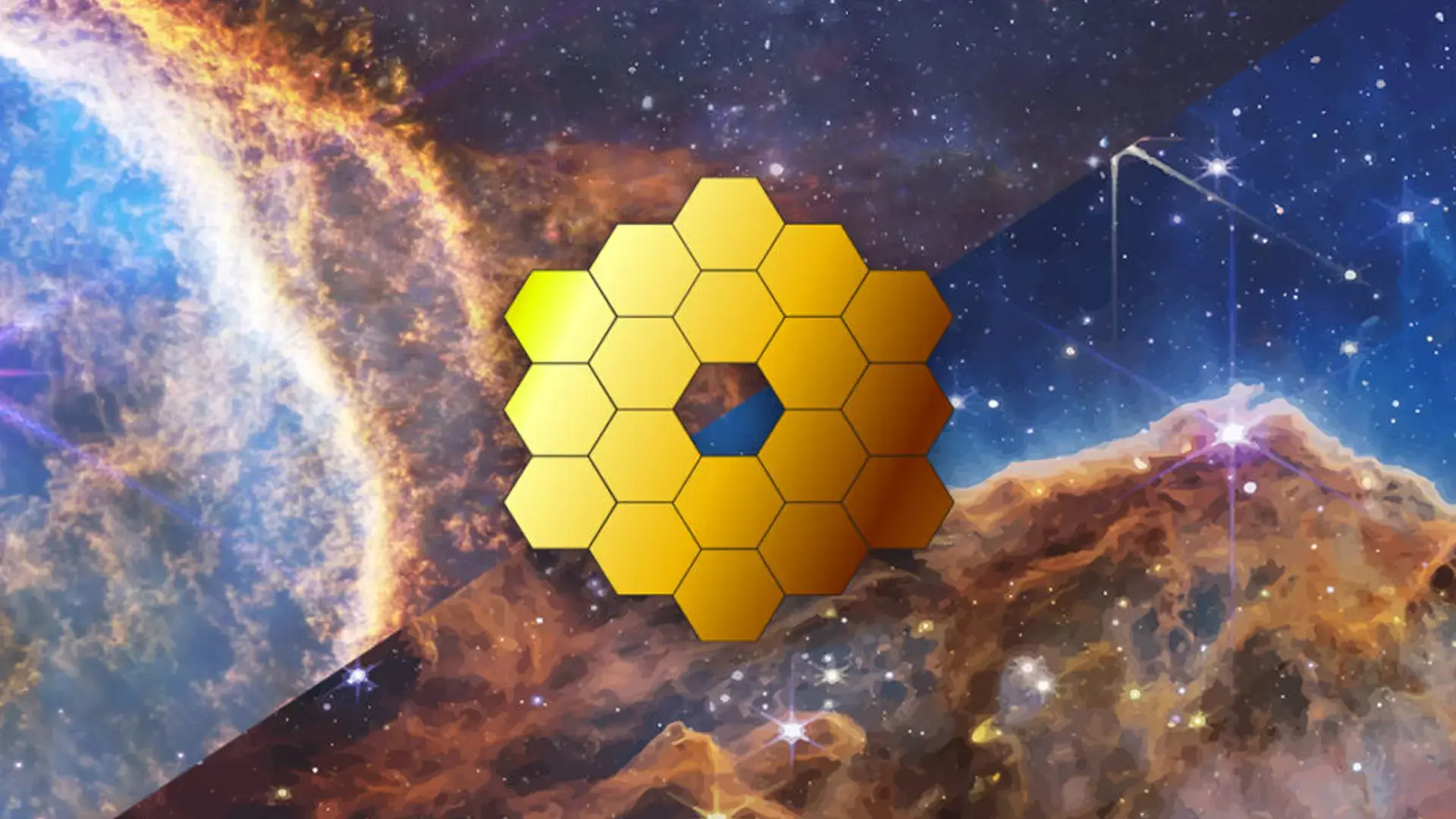This article was originally authored by Dr. Hugh Ross and is republished here with permission from Reasons to Believe, a ministry dedicated to integrating science and faith. All rights reserved by the original publisher. To explore more resources, visit their website Reasons to Believe.
It’s been nearly one year since NASA launched its latest telescope on December 25, 2021. The new discoveries it’s already produced continue to dominate the news each week . . . but what are the biggest takeaways?
We sat down with Reasons to Believe astrophysicist Jeff Zweerink to get his opinion on the top five discoveries made so far.
The Ingenuity to Make It Happen
Considering the James Webb Space Telescope (JWST) is the most powerful telescope ever built—at least in the infrared region of the electromagnetic spectrum—it’s worth understanding the technological ingenuity it represents. The JWST is a 20+ foot mirror made of 19 segments that’s protected from the Sun by a multilayered sunshield the size of a tennis court. Just building such an instrument is an accomplishment, but the JWST team also engineered the telescope to fold up and fit inside a rocket.
After its launch by an Ariane 5 rocket, it began a month-long journey to its orbit almost one million miles from Earth (four times farther away than the Moon) while it methodically unfolded the solar panels, communication antenna, sunshield, and mirror without any direct human intervention. And it all worked just as planned so the instruments remain a chilly -388oF—although you could almost boil water on the other side of the sunshield! (Reference link: https://webb.nasa.gov/content/about/orbit.html)
Light from Exoplanets
One design goal of the JWST was to look for planets orbiting stars other than the Sun. Preliminary observations showcase this capability. Although JWST can observe planets via the transit technique (where the exoplanet passes in front of its host star and blocks out some of its light), it has also detected light directly from the exoplanet. The first exoplanet JWST directly imaged was a Jupiter-class planet orbiting a star called HIP 65426.
Initial studies indicate that JWST is functioning much better than expected from its design specs, which will allow more detailed and sensitive observations of exoplanets than anyone expected. Additionally, JWST’s observations using the transit method have found evidence of water and carbon dioxide in the atmospheres of two other Jupiter-sized exoplanets. (Reference links: https://esawebb.org/images/HIP-65426b/, https://esawebb.org/images/weic2213b/, and https://esawebb.org/images/weic2206a/)
The Most Distant Galaxies
As astronomers look farther away in the universe, the expansion of the universe causes light to be shifted toward redder wavelengths. JWST was designed to employ this feature to find the earliest formed galaxies (farther away translates to earlier in time). Astronomers expected these distant galaxies would appear after many observation cycles, but even with the initial observations JWST has found many candidate galaxies that were formed within 400 million years of the big bang. (Reference link: https://www.nature.com/articles/d41586-022-02056-5)
Complex Large Galaxies
Many of those distant galaxies have more complex structures compared to predictions from galaxy formation models developed based on earlier observations. Those models predicted the earliest galaxies would be irregular frayed clumps of stars that will collide with others to form more massive galaxies with well-defined disks, and even spiral arms. However, JWST has found numerous early-universe galaxies with large masses and well-developed disks—in fact, they occur about 10 times more frequently than expected. (Reference link: https://www.nature.com/articles/d41586-022-02056-5)
JWST with Other Telescopes
As phenomenal a telescope as JWST is, it works incredibly well in concert with other powerful instruments. JWST observes in the infrared portion of the electromagnetic spectrum, whereas the Hubble Space Telescope (HST) observes in the visible and ultraviolet portion. For example, two galaxies known as VV 191 look like they’re interacting, but one is more distant, meaning the light from the distant galaxy passes through the closer one. The JWST sees through the dust of the closer galaxy to better map out the spiral structure of the more distant galaxy. Such advances occur only because of observations in different portions of the electromagnetic spectrum. (Reference links: https://www.space.com/james-webb-space-telescope-chandra-x-ray-combination-images and https://www.space.com/james-webb-hubble-telescopes-photo-interstellar-dust)
To stay updated on the latest JWST discoveries as they’re made, visit https://webb.nasa.gov/content/webbLaunch/news.html.

Dr. Hugh Ross
Hugh Ross is the founder and senior scholar of Reasons to Believe, an organization dedicated to communicating the compatibility of science and the Christian faith. While in college, Hugh committed his life to Jesus Christ after his study of cosmology convinced him of the existence of a Creator, specifically the God of the Bible. Hugh holds a degree in physics from the University of British Columbia and a PhD in astronomy from the University of Toronto. After five years on the Caltech faculty, he transitioned to full-time ministry and still serves on the pastoral team at Christ Church Sierra Madre. His writings include journal and magazine articles, hundreds of blogs, and numerous books-Why the Universe Is the Way It Is, Improbable Planet, Designed to the Core, and Rescuing Inerrancy, among others. He has spoken on hundreds of university campuses as well as at conferences and churches around the world and participates in the weekly Stars, Cells, and God podcast.





Leave a comment